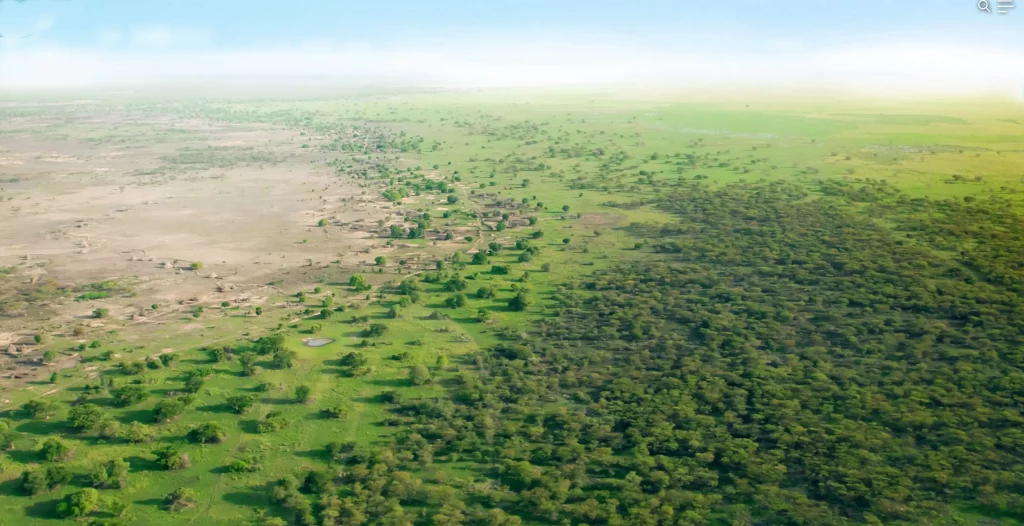The GGWSSI or just Great Green Wall is the most important initiative on the African continent to stop the desertification of the Sahel zone and fight climate change in general. Since 2005 the African Union is leading the project which has evolved from a simple reforestation project to an instrument creating jobs, helping local farmers, uniting the continent, and ultimately stepping in the way of global changing.

Source: www.unccd.int
In the beginning eleven countries were involved, other countries saw the potential for themselves as well which is why from 2019 on ten other nations joined, meaning the project isn’t restricted to the Sahel anymore. Previously it had been criticized for inefficiency as desertification is not spreading evenly calling for decentralized thinking. Local communities should be involved in the process and already existing woodlands saved. Additionally, only trees that are local anyways should be used for the rethought “mosaic”.
In 2021 the Great Green Wall Accelerator was launched on the One Planet Summit, collecting $14.3 billion in new funding. Besides that, coordination, monitoring and management of the actions should be improved to use the funding as efficiently as possible. National and regional interests might be valued higher at times negatively influencing the Great Green Walls progress.
To combat the high targets five pillars of investment have been decided on making targeted funding reality.
Pillar 1: Investment in small and medium-sized farms and strengthening of value chains, local markets, organization of exports
Pillar 2: Land restoration and sustainable management of ecosystems
Pillar 3: Climate-resilient infrastructures and access to renewable energy
Pillar 4: Favourable economic and institutional framework for effective governance, sustainability, stability, and security
Pillar 5: Capacity building
These investment pillars should help build a future for the Sahelians, making their communities more resilient and strengthening their efforts against global changing. The strategy of targeted and meaningful investment means that individual baobab trees can now be recognized and counted with the help of satellites. This is important as the tree can’t be grown in forests but provides nourishment for humans and animals alike. Informing local communities about baobab trees nearby allows them to protect and nourish them.


